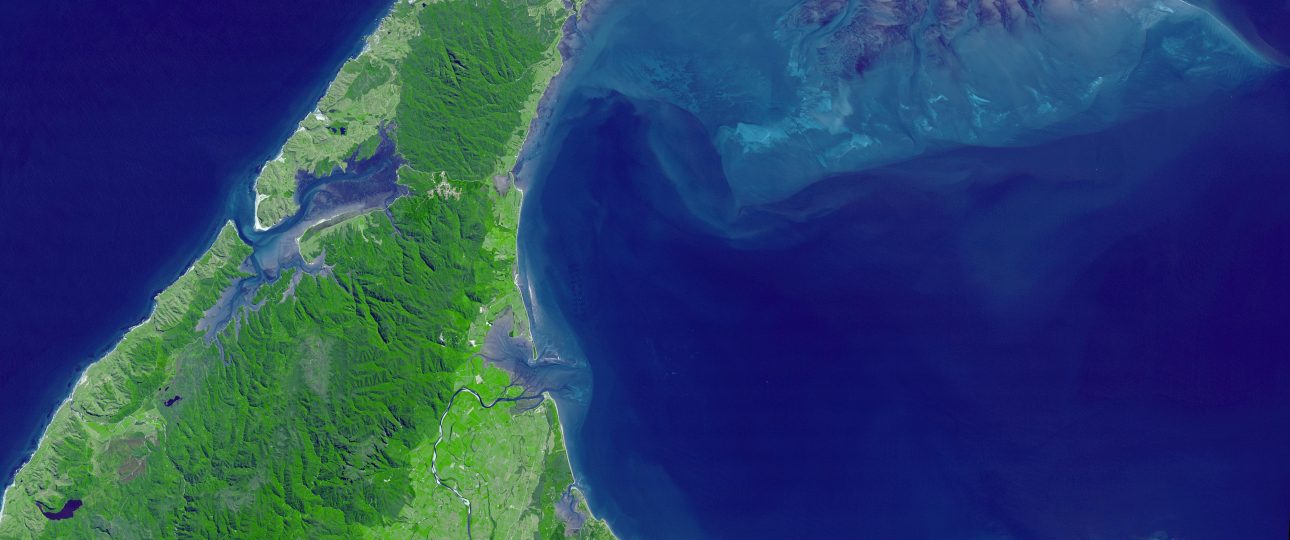Farewell Spit: Exploring New Zealand’s Unique Sand Formation
Farewell Spit, known as Onetahua in Māori, is a remarkable natural feature located at the northern tip of New Zealand’s South Island. This sand spit extends approximately 30 kilometers and is the longest in the country. Its unique geography and rich biodiversity make it a fascinating destination for those interested in nature and wildlife.
Geography and Formation
Farewell Spit forms the northern boundary of Golden Bay. It consists of around 25 kilometers of stable land and an additional 5 kilometers of mobile sand. The spit is composed of fine, golden quartz sands, which are transported northward from the Southern Alps by coastal currents. The area covers about 11,388 hectares, with a significant portion being intertidal zones that provide rich feeding grounds for various bird species.
Wildlife and Birdwatching
The spit is a sanctuary for over 90 bird species, including the bar-tailed godwit, red knot, and the endemic South Island pied oystercatcher. It also hosts the world’s only sea-level colony of Australasian gannets. The tidal flats support the largest moulting population of black swans in New Zealand. Recognized as an Important Bird and Biodiversity Area, Farewell Spit is a critical site for migratory birds along the East Asian–Australasian Flyway.
Visiting Farewell Spit
Best Time to Visit
The ideal time to visit Farewell Spit is during the summer months from December to February, when the weather is warm and birdwatching opportunities peak. However, spring and autumn offer quieter experiences with pleasant weather, though visitors should be prepared for unpredictable conditions.
Getting There
The nearest major city is Nelson, about a two-hour drive from the spit. From Nelson, travelers can drive or take a bus to Collingwood, the closest town to Farewell Spit. Guided tours are available and recommended, as access to the nature reserve is restricted to permit holders. These tours often include visits to nearby attractions like Wharariki Beach and Te Waikoropupu Springs.
Exploration Options
Guided walks are a popular way to explore the spit, offering insights into its ecology and history. For those seeking adventure, biking along designated trails provides a different perspective of the landscape. Facilities are limited, so visitors should come prepared with water and maps.
Practical Considerations
Farewell Spit is a protected nature reserve, and access beyond the first 4 kilometers requires a permit. The area is remote, with limited amenities, so planning ahead is crucial. The spit is also known for whale strandings, a natural phenomenon that can be distressing to witness.
Despite its challenges, Farewell Spit offers a unique opportunity to experience one of New Zealand’s most intriguing natural environments. Its combination of stunning landscapes and diverse wildlife makes it a worthwhile destination for those seeking an authentic encounter with nature.




